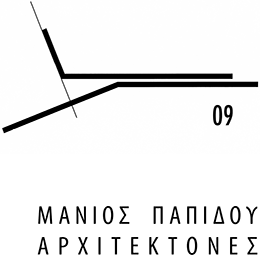
This paper examines the notion of public space within the frame of an approach of architecture in conjunction with writing: architecture and writing share the common basic structure of retaining-the-meaning-in-signs. We argue that every writing (mythographic, alphabetic, digital) corresponds to a particular semiotic economy, which is reflected to the entire range of signs in which meaning is fixed during a specific historical period, including architectural-urban design. More precisely, we consider the notion of public space under the prism of alphabetic writing, in order to eventually bring out the connections between contemporary urban design and digital writing.
The semiotic economy of alphabetic writing lies, at first, in the in-scribing at public places of a city, which is then transferred, by virtue of the prevalence of alphabetic conscience, to a symbolic space, which is that of ideas. As a result, public places, as places where collective memory is inscribed, are from now on symbolized: only in its symbolical dimension can public space function as an ontological complement of other symbolical spaces (private, sacred etc) within the intramural city.
Digital writing is a process of joining together a priori undifferentiated digits of information. The dense connections among the latter produce surfaces-images, which are projected – rather than inscribed – on a neutral, unshaped, artificial background. In architectural-urban design, the lack of hierarchy among the digits (of intensions, texts, life style images, historical past images) imposes a range of preselections that lead to a diagrammatical, endless search of the form, which resists all types of fixation. Writing, as the fixation of thinking into signs, is called into question. Interventions in public space have lost their power to be inscribed into real space as carriers of the meaning (indications, symbols) of collective thinking: they are received as allegorical fragments-ruins of a future artificial space, of a real space-simulation background, on which the surfaces-images of digital thinking are put together. In architectural-urban design, too, the apposition/array of the available images fails to form a conscious proposal on dwelling, which could reinstitute public places. Nonetheless, those traces – of some meaning – of human co-existence cannot be completely removed from public places.
